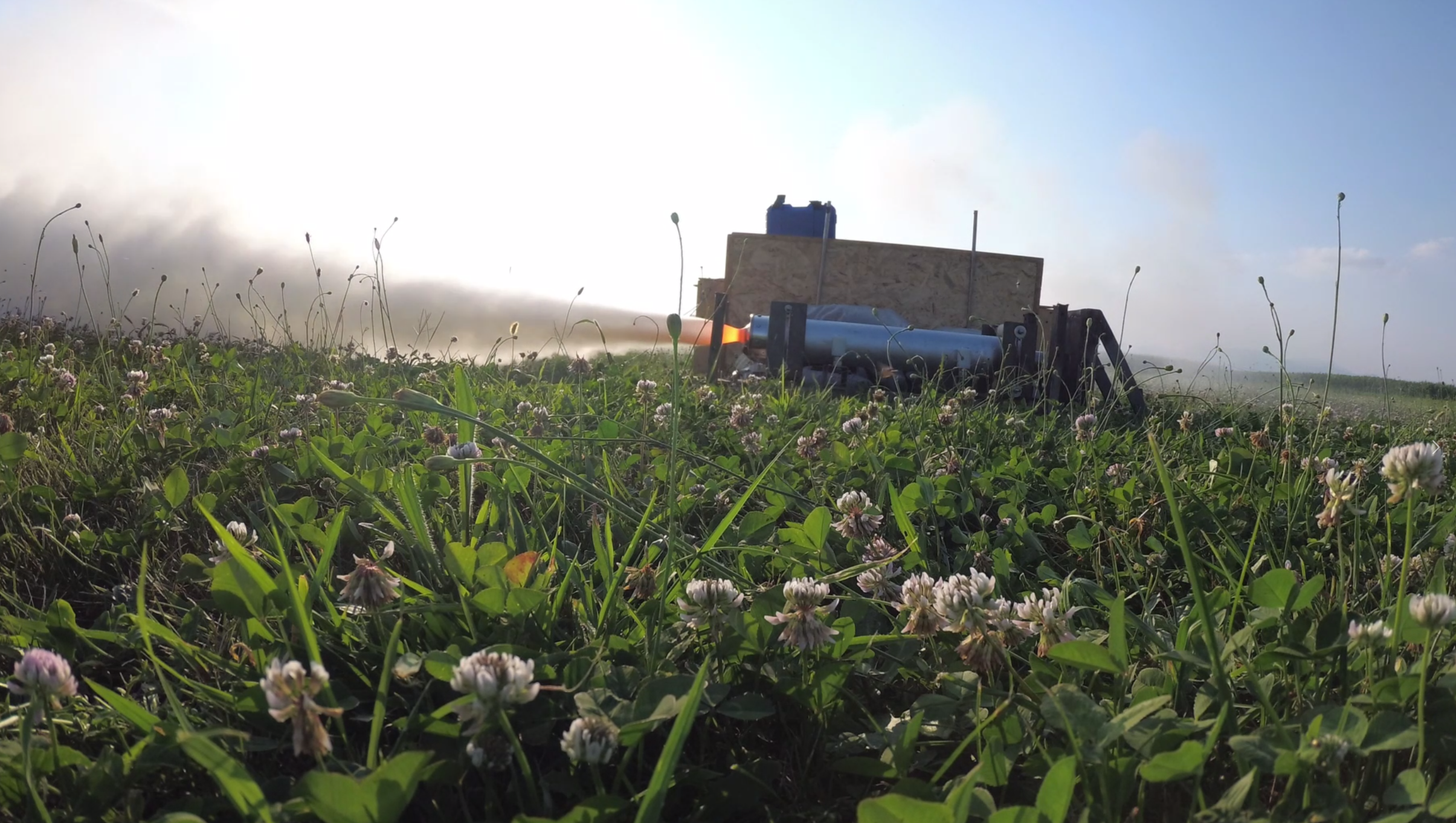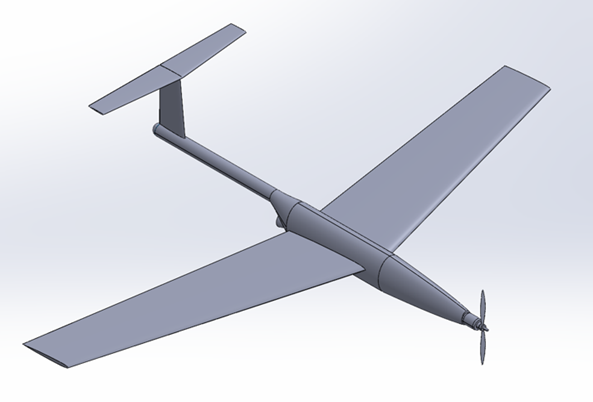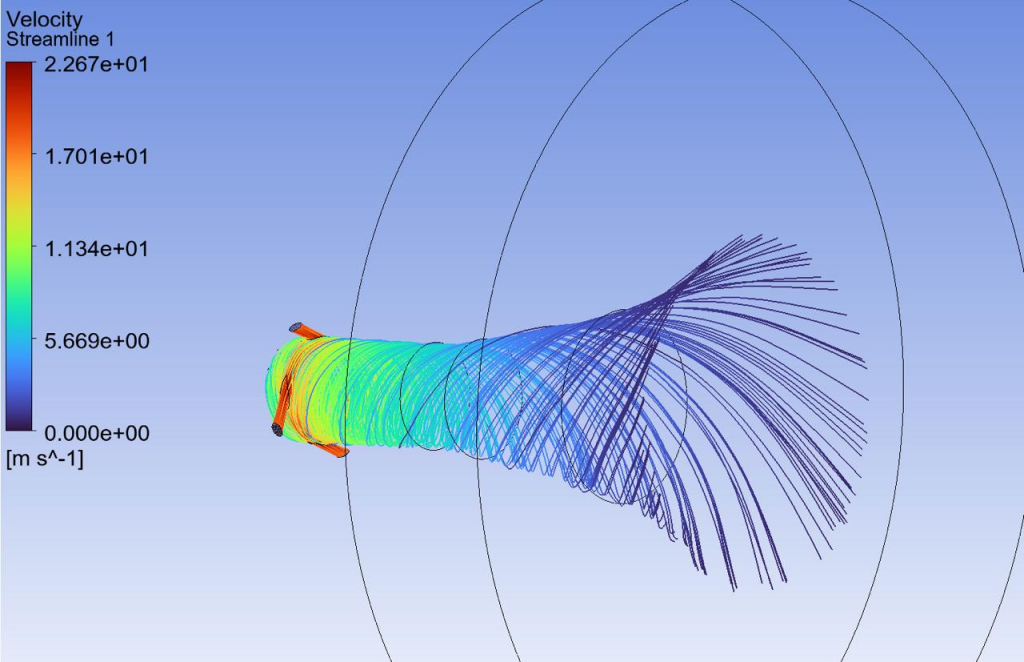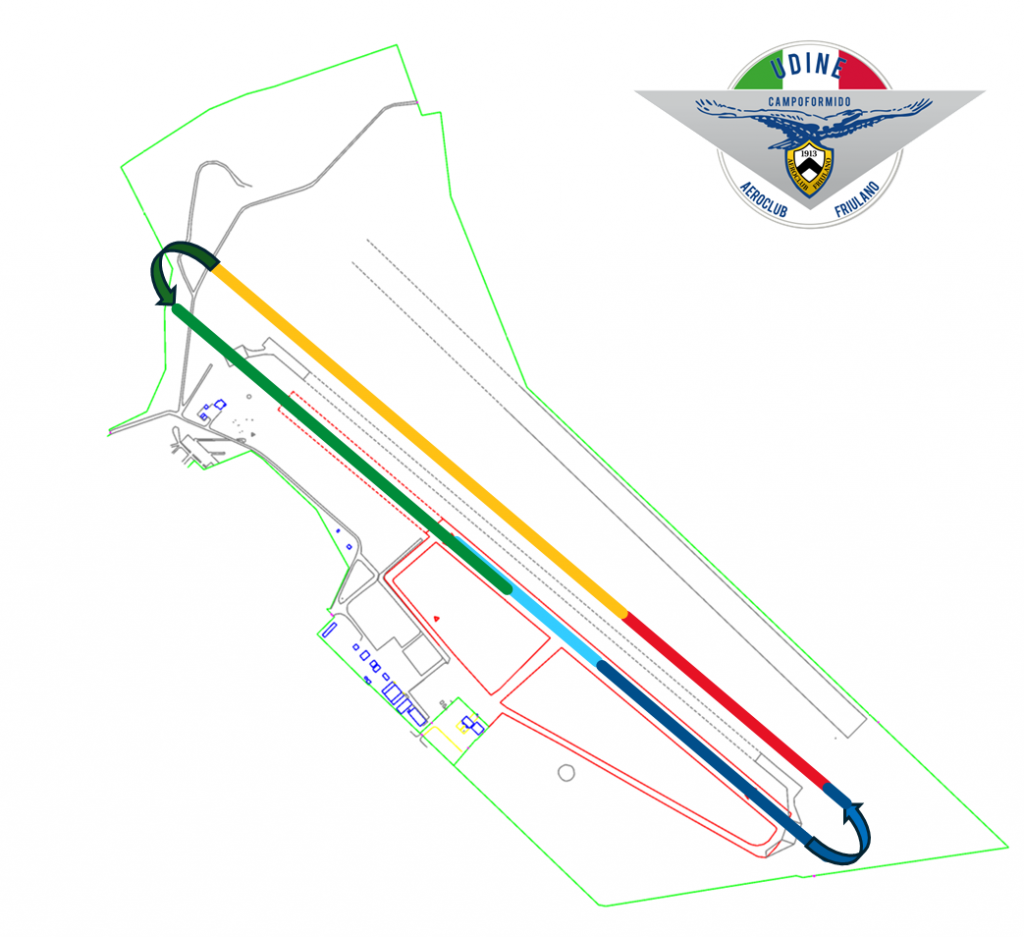
APA
The team’s latest section brings together the fields of aeronautics and space propulsion. Advanced Propulsion Aircraft (APA) is designing a UAV that stands out for its maximum speed, achieved thanks to a specially designed rocket motor. The presence of this particular engine and the high speed and acceleration it entails require specific and unique studies in all areas of the project.
ADVANCED PROPULSION AIRCRAFT
The APA section was founded in January 2025, with the goal to set a world record regarding the top speed reached by a UAV, thanks to a rocket motor.
It is composed by four areas:
Structures and construction: The role involves ensuring that all aircraft components are correctly dimensioned to enable them to fulfil their function while withstanding the thermal and mechanical stresses to which they are subjected.
Aerodynamics: This department is responsible for all aspects of the aerodynamic study of aircraft, including the aircraft’s design and engineering, as well as the verification of design choices as the project progresses. At a more advanced stage, the use of CFD simulation is employed to analyse the aircraft and its sub-components.
Flight Mechanics: It plays a key role in the preliminary design phase and studies the aircraft’s flight behaviour, its static and dynamic stability, and therefore the distribution of masses and the appropriate sizing of the wing surfaces. In parallel, it’s developing a SimuLink flight simulator.
Propulsion: This area is responsible for the design of solid and hybrid propellant engines for the APA project aircrafts. In addition to the design phase, the area is responsible for planning static tests and analysing the data obtained from them. These tests are essential for verifying the codes used in the design process.

APA
This is the first APA project. It consists of a UAV with a dual propulsion system: a classic electric motor-propeller for take-off, reaching cruise conditions and landing; and a solid-propellant rocket motor for reaching top speed.
This project is a first step towards acquiring the knowledge and expertise needed to build an aircraft capable of breaking the record.
The mission is scheduled to take place in October 2026 at the AeroClub Friulano in Pasian di Prato, Udine, Friuli-Venezia Giulia, and is divided into the following phases:
– Take-off and ascent;
– Burning phase (Electric Propulsion OFF), <170 m/s;
– Deceleration phase;
– Reaching cruise conditions, horizontal flight, 30m/s;
– EP restarting and re-entry;
– Landing.
Technical Specifications
Top speed: Mach 0.4
Estimated first flight date: October 2026
Propulsion:
- Electric motor-propeller;
- Solid propellant rocket motor.
Structure materials:
- Carbon fiber;
- Polymers for 3D printing;
- Wood.
PROJECT FRANCO


The logical progression from a solid propellant engine is to develop a hybrid propellant engine. The Franco project was initiated with the objective of developing a hybrid propellant engine, which will be equipped with solid fuel and liquid oxidiser, and will be implemented in a future UAV. This technology allows for higher performance without excessive complexity.
Initially, the work focused on studying the literature on this type of engine and searching for a fuel-oxidiser combination that would meet the pre-set economic, performance and technical constraints.
In the second phase, the actual engine design was carried out using specially developed Python and MatLab codes, as well as specific CFD and FEM simulations.
In the 2024/2025 academic year, a prototype engine was constructed using components from the team’s previous engines. The current academic year’s objective is to build and test the first specifically designed hybrid engine.
